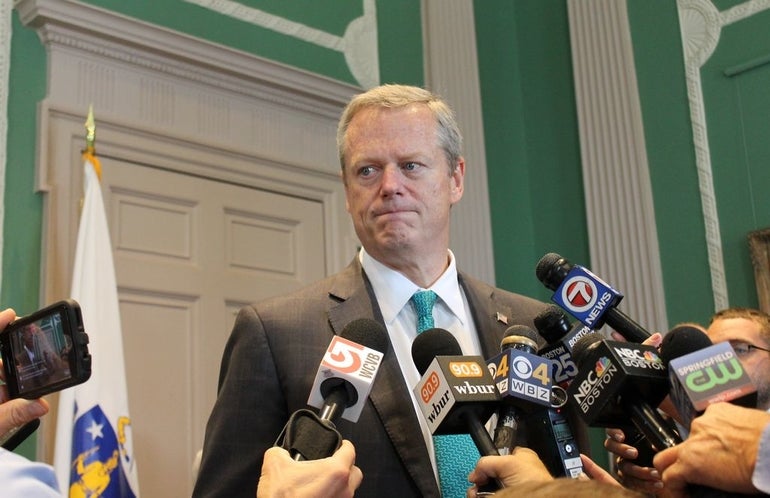Opioid deaths showed an 8-percent year-over-year decline between 2016 and 2017, the Massachusetts Department of Public Health (DPH) announced in a quarterly report Wednesday. It is the first time a yearly decline has been reported since 2010, according to state data.
There were 1,977 confirmed opioid-related deaths in 2017, down 8.3 percent from the 2,155 cases confirmed in 2016, according to DPH. This followed six years of double digit increases, with the number of confirmed deaths climbing 22 percent between 2015 and 2016, 30 percent between 2014 and 2015, and 39 percent between 2013 and 2014.
The downward trend follows a number of aggressive initiatives by the Gov. Charlie Baker Administration to reduce the amount of opioids being prescribed for pain management, and to help people struggling with addiction.
In November, Baker proposed a bill to lawmakers, called the CARE Act, which seeks to increase access to treatment, bolster education and prevention efforts, and to take advantage of federal regulatory relief that could help increase treatment access. The proposal, which lawmakers are vetting, builds on the 2016 legislation Baker signed that put a seven-day limit – the first in the nation – on initial opioid prescriptions, as well as revamped the state’s prescription monitoring system and upped penalties for fentanyl trafficking.
“While there is still a lot of work to do, this report is encouraging news that gives us hope that we are beginning to bend the curve of this epidemic,’’ Gov. Charlie Baker said in a statement Wednesday.
Baker highlighted the continued threat posed by fentanyl, a very powerful opioid continuing to cause an increasing number of deaths, according to the latest DPH report. Fentynal was present in toxicology results of 83 percent of confirmed 2017 opioid deaths, the agency said, and the percentage has increased while the presence of heroin declined in 2015 and 2016 and stabilized in 2017.
“I urge the legislature to pass our CARE Act, which expands access to treatment and ask lawmakers to take swift action on legislation to crack down on the fentanyl trade. The data makes clear that we must give law enforcement every possible chance to track down this terrible drug and hold accountable those who sell it,” Baker said.

